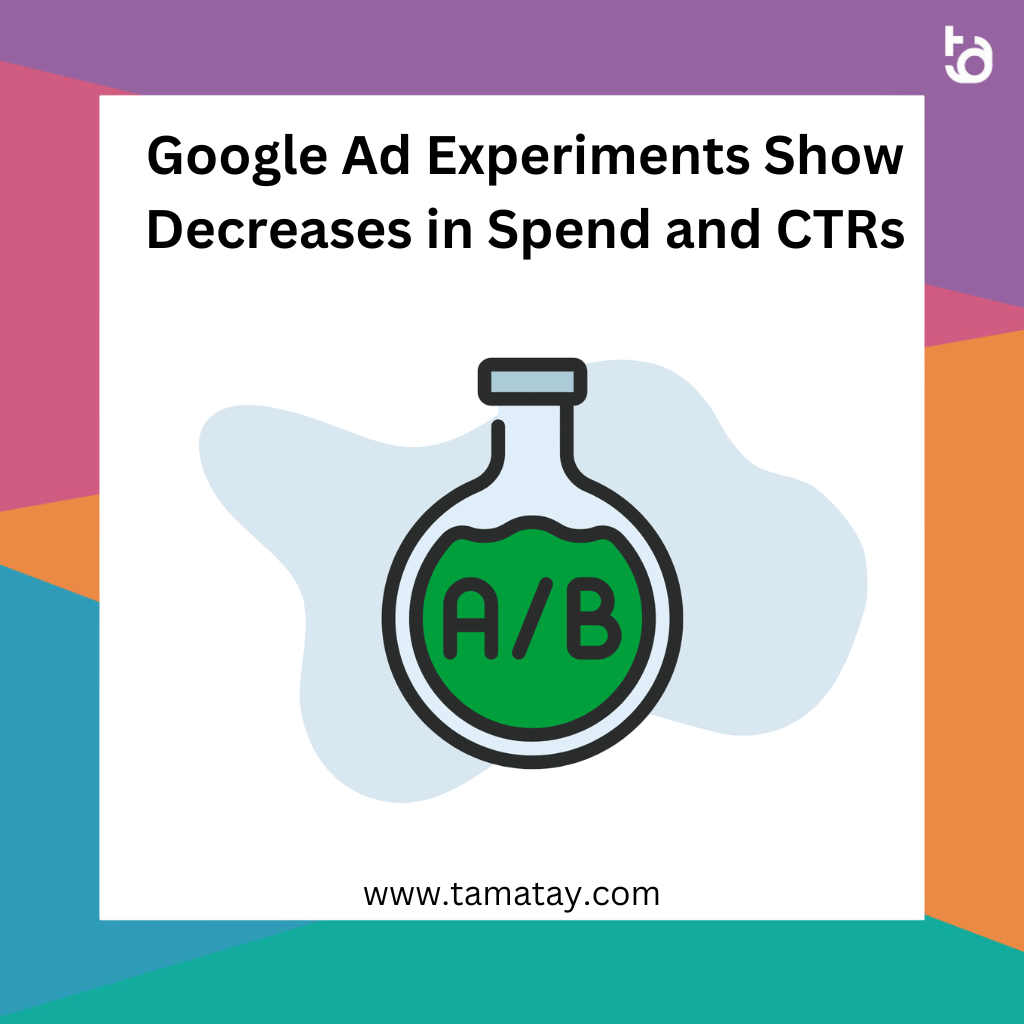Google’s interest-based ad experiment is a prime example of the power of big data and algorithmic marketing. The experiment, conducted in collaboration with global media agencies and brands, was conducted to test how consumers would respond to an interest-based approach when served ads.
The experiment found that ad spend and click-through rates were down slightly compared to a control group, but overall, the results showed that consumers were more likely to notice and interact with ads when they were served ads related to their interests.
It is becoming increasingly important for marketers to understand how to deliver maximum impact with minimal ad spend. Here are a few key takeaways from Google’s interest-based ad experiment:
• Targeting ads to users’ interests led to increased engagement.
• The experiment showed that consumers respond positively to ads that are relevant to their interests.
• Consumers are more likely to interact with ads when they are served ads related to their interests.
• The experiment found that ad spend and click-through rates were down slightly compared to a control group.
Google’s interest-based ad experiment provided a valuable opportunity for marketers to understand how to deliver ads more effectively. The results of the experiment showed that targeting ads to users’ interests can lead to increased engagement, and that consumers are more likely to interact with relevant ads. These findings are important for marketers as they look to find new ways to deliver maximum impact with minimal ad spend.
While the experiment did show that ad spend and click-through rates were slightly down, it is important to note that this decrease could be attributed to the fact that the ads were not as targeted as they could be. As the technology and algorithms behind the experiment continue to improve, it is likely that these results will improve as well.
The experiment also highlighted the need for marketers to understand how to deliver maximum impact with minimal ad spend. As the digital landscape continues to evolve, it is becoming increasingly important for marketers to understand how to target their messages to the right people in the right way. By leveraging data and algorithms, marketers can ensure that their messages are reaching the right people and that they are getting the most out of their ad spend.
In conclusion, Google’s interest-based ad experiment provided valuable insights into the power of big data and algorithmic marketing. The experiment showed that consumer engagement can be increased through targeted ads, and that consumers are more likely to interact with ads when they are served ads related to their interests. In addition, the experiment highlighted the need for marketers to understand how to deliver maximum impact with minimal ad spend. With the right data and algorithms, marketers can ensure that their messages are reaching the right people and that they are getting the most out of their ad spend.







